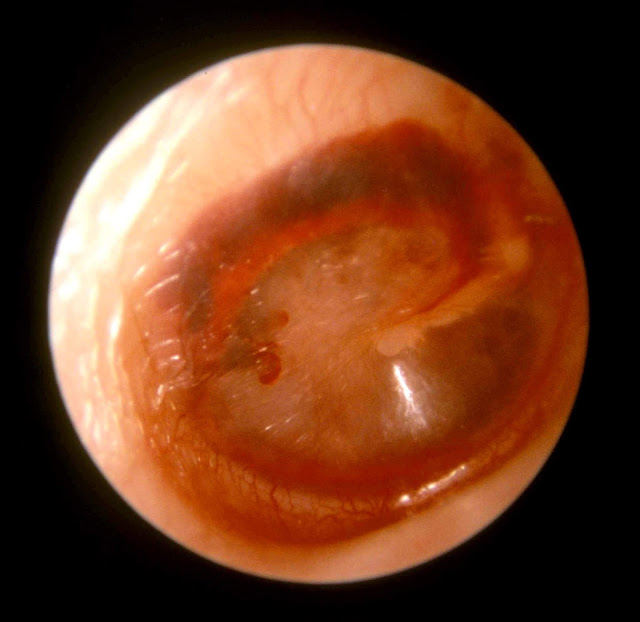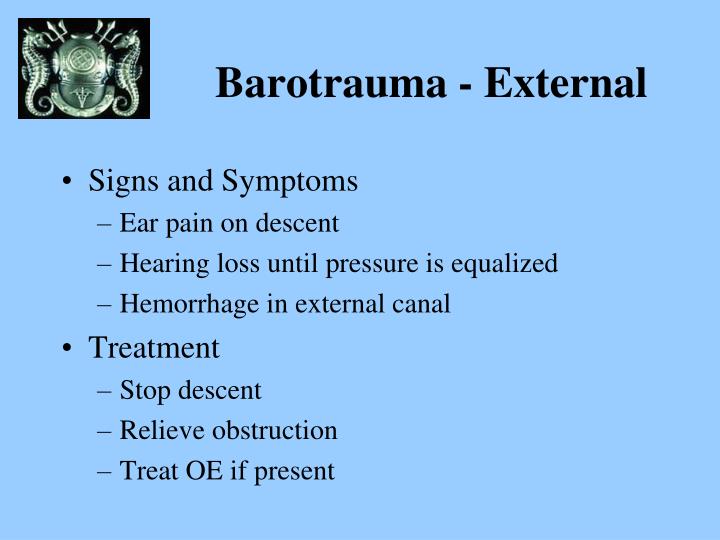

It is also responsible for the exchange of air between the nasopharynx and the middle ear space, maintaining equal pressure between the middle ear and the EAC. The ET opens just beyond the nasal openings in the posterior nasopharynx, allowing the drainage of fluid produced in the middle ear space. The middle ear space is covered by mucosa and is connected to the throat via the eustachian tube (ET), also referred to as the auditory tube. The vestibular system, which is continuous with the cochlea, is responsible for spatial orientation and balance. The cochlea is responsible for sound transmission and is composed of three fluid-filled compartments: the scala vestibuli and scala tympani containing perilymph and the scale media containing endolymph.

The inner ear space, containing the auditory (cochlea) and vestibular (semi-circular canals, utricle, and saccule) systems, is separated from the middle ear by the oval and round (labyrinthine) windows. The third ossicle, the stapes, abuts the oval window, leading into the inner ear space. The other ossicles are visible when favorable anatomical conditions are present, such as a transparent TM. It is an expected anatomical finding on otoscopy and easily visualized. The umbo is the distal portion of the malleus and connects the bony ossicles to the TM. The external auditory meatus, or the opening to the external auditory canal (EAC), extends toward and ends at the tympanic membrane (TM). Posterior to the TM is the air-filled middle ear space containing three bony ossicles: the malleus, incus, and stapes. The outside portion of the ear, the pinna, is composed primarily of ridged cartilage covered by skin. Eustachian tube dysfunction (ETD) and middle ear barotrauma (MEBT) remain the most common complication of diving and clinical hyperbaric oxygen treatment (HBO). Otic Barotrauma (OBT) or ear barotrauma is a tissue injury to the ear secondary to inadequate pressure equalization between gas-filled body spaces and the external environment. Review the importance of improving care coordination amongst interprofessional team members to improve outcomes for patients affected by ear barotrauma.Summarize the management of ear barotrauma.Review the pathophysiology of ear barotrauma.Describe the etiology of ear barotrauma.This activity reviews the pathophysiology of ear barotrauma and highlights the role of the interprofessional team in its management. Significant barotrauma (BT) may be associated with permanent complications such as hearing and balance deficits thus prevention and recognition of ETD and BT remain important when evaluating for the hyperbaric environment and treating a pressure-related injury. Eustachian tube dysfunction (ETD) and middle ear barotrauma (MEBT) remain the two most common complications of SCUBA diving, commercial diving, and clinical hyperbaric oxygen treatment (HBO).


 0 kommentar(er)
0 kommentar(er)
